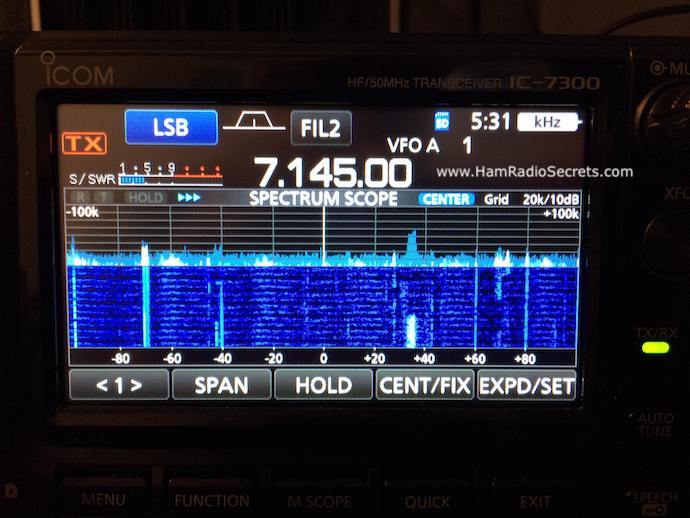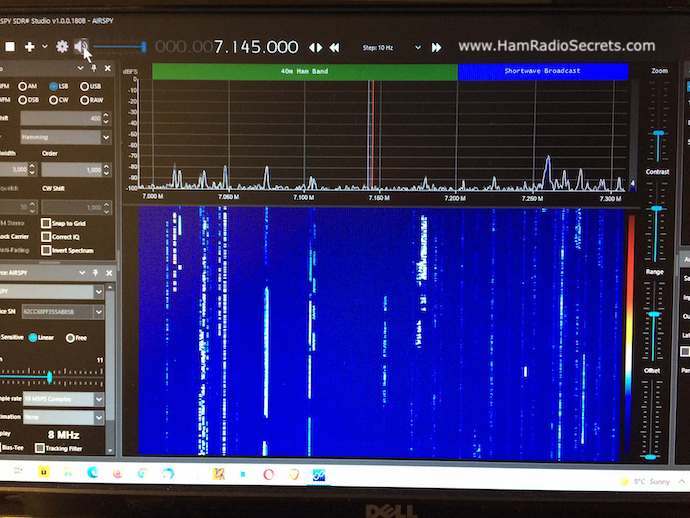How to Stop Electromagnetic Interference on HF
This article is about how to stop electromagnetic interference (EMI) by choosing an antenna that is designed specifically to do just that, as well as capture HF signals, of course.
Many amateur radio operators optimize their antenna installations to get the most RF power 'out'! Too often, hams do this at the expense of RF reception.
The best solution is generally to have a separate antenna, optimized for reception. Then one can have the best of both worlds.
The HF antennas we use for amateur radio operations can capture interference as well as valid signals. Some antennas are better than others at minimizing their response to interference when exposed to it.
No matter how you word your question ...
- How to stop electromagnetic interference?
- How to eliminate electromagnetic interference?
- How to get protection against electromagnetic interference?
- How to eliminate RF interference (RFI)?
... it means that you are looking for a solution to reduce or eliminate interference to HF reception, whether it's EMI or RFI, because it has risen beyond what you can tolerate.
I believe I have found a solution in the small magnetic loop receiving antenna.
But First a Word About My Context
When we moved to our present QTH in 1987, we did not have neighbors within 100 yards from our house. Needless to say, my ham radio operating environment was devoid of any man-made interference at the time. The technology, then, did not yet exist to generate it. All I had to contend with was the very occasional - and usually short-lived - interference from faulty car ignition systems or an electric motor that needed new brushes.
Fast forward to 2021.
Our house is now almost surrounded by condo buildings which means many more households close by, many of which have:
- large plasma TVs - the worst EMI offenders, by far;
- powerful air conditioning units;
- pool filtering systems;
- garage door opening/closing systems;
- light switch dimmers;
- so-called intelligent home automation gizmos (most are of the cheap "made in China" kind);
- and the list goes on...
As a result, I was getting an increasing level of interference and then... the coronavirus pandemic hit! We all ended up in lockdown. Suddenly, every interference-generating device or apparatus was on, almost 24/7!
You will not believe the mayhem that ensued.
When lockdown occurred, I had said to myself: "No problem. I'll just spend more time on the air and I'll never get bored!"
The thing is, we were at the very bottom of sunspot cycle 24 then. Cycle 25 was only just wishful thinking. The bands were very quiet, most of the time - that is, valid ham radio HF signals were scarce or extremely weak.
How to Stop Electromagnetic Interference
In other words, I had to find a solution to stop receiving RFI and EMI.
Obviously, at least to me, it meant that I had to find an antenna system that would be the - least likely - to pick up, or respond to, EMI and RFI.
During the summer of 2020, I tried various orientations of dipoles, end-feds, OCFs, inverted 'L' quarter wave with counterpoise... to no avail. I could not escape from the interference.
After long hours of searching the Web, and comparing characteristics of different HF receiving antenna designs, I finally found the Wellbrook active magnetic loop receiving antenna.
How the Magnetic Loop Works Its Magic
The small magnetic loop - say one meter in diameter - will respond to useful HF electromagnetic energy instead of electrostatic energy (interference).
This characteristic results in very high signal-to-noise (S/N) ratio - which is exactly what we want when we are trying to copy weak RF signals that manage to make their way to our QTH from distant (DX) stations.
The small magnetic loop can be installed only a few feet above ground and only a few feet away from buildings and trees without any adverse effect. I installed mine, five feet above ground because we can get almost that much snow in winter where I have installed it, behind the house. This type of antenna does not require radials or a counterpoise.
The Small Mag Loop Is Bidirectional
Because of its small physical size, the antenna can easily be oriented to null out interference (coming from a direction broadside to the loop) and yield only useful HF signals.
Conversely, it can be oriented to maximize reception (in the plane of the loop) for any given set of opposing directions.
For example, my QTH is located in southern Quebec, Canada (FN36gb). When my small loop antenna is oriented ENE-WSW, it will favor signals coming in from eastern Canada, northeastern US and Europe ... as well as from most of central and western USA, including Hawaii and Japan.
When I want to hear stations from:
- Asia, I orient my loop E-W;
- Russia, Alaska, Africa, Australia, I orient my loop NW-SE;
- Central and South America, northern Canada, the Arctic and Russia I orient my loop N-S.
A High Quality RF Amplifier is Critical
However, the antenna's very small physical size with respect to HF wavelengths, means that the amount of RF energy (microvolts) that the small loop will capture is going to be quite small. Therefore, one must couple this type of antenna to a very low-noise amplifier which will only amplify valid signals without generating noise.
The amplifier on the Wellbrook ALA1530LN-NA magnetic active loop receiving antenna uses JFETs which generate much less noise than bipolar transistors (commonly used in amplifiers for this type of antenna).
As a result, the combination of sturdy, well crafted, quality components makes the Wellbrook an outstanding HF receive antenna. This is how to stop electromagnetic interference!
Proof of Concept
On November 5, 2021, at 20H15 UTC, I was listening to 7.145 MHz with an ICOM 7300 connected to a quarter wave inverted 'L' with its quarter wave counterpoise running in the opposite direction, around the house, about 5 feet off the ground.This homemade antenna works great.
One of my neighbors had probably just come home from work and turned "something" on, suddenly splashing the neighborhood with some kind of strong interference. See the snapshot of the IC7300 waterfall. The wiggly horizontal lines you see is the offending interference.
Fortunately, I could also listen on the same frequency with an AirSpy
SDR connected to a Wellbrook ALA1530LN-NA magnetic active loop receiving
antenna. This arrangement detected NO interference! Only clean, crisp,
strong reception of valid HF signals.
Interference problem solved!
Detecting the Source of EMI
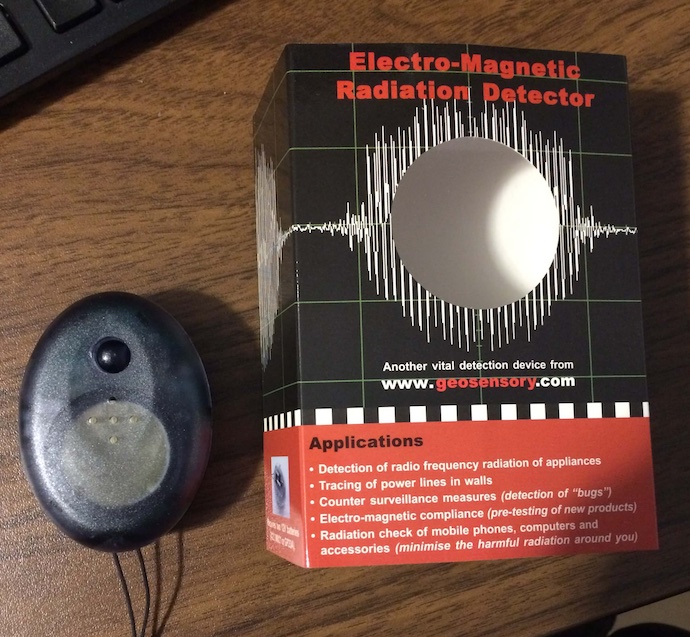
I recently bought a WiNRADiO ERD-1500 Electromagnetic Radiation Detector. This nifty little gadget is wonderful for one's sanity. When electromagnetic interference appears, I grab my detector and start walking around my immediate neighborhood. It's very easy to use.
The hard part begins when I can positively identify the source of the interference. If it does not come from my house (!) I have to inform the neighbor of the problem and to obtain their cooperation in finding a solution.
This will usually involve a fair amount of careful (delicate) explaining (demonstrate somehow) as they may not even be aware that amateur radio exists and what services it renders to the population, for example, in case of emergency (most have only ever heard of CB radio). ARES and CANWARN are good sources of arguments to convince of the usefulness of ham radio - and the necessity of eliminating interference to such emergency operations.
Anyway, good luck with that!
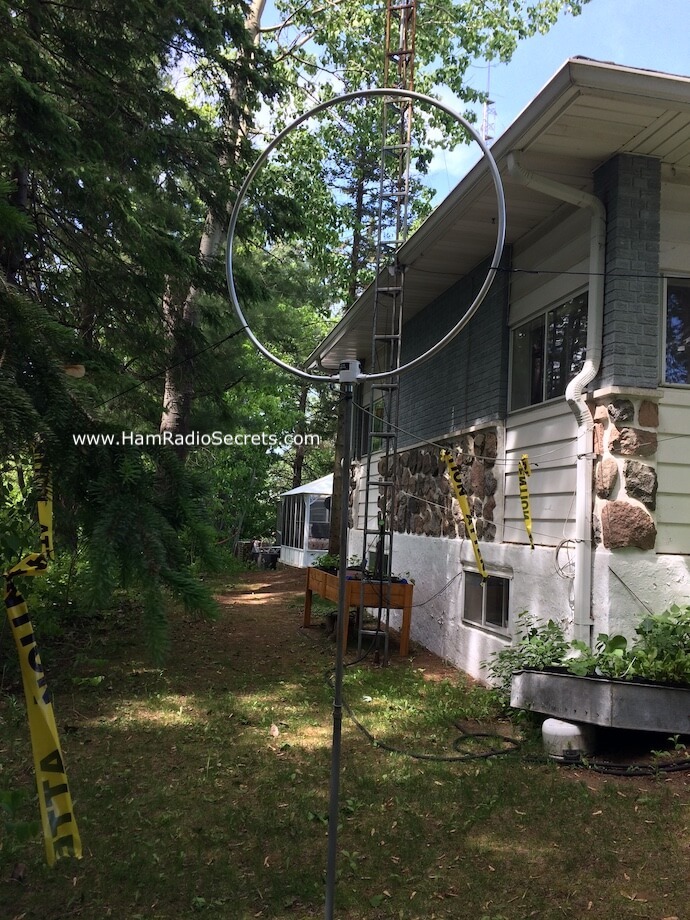 Wellbrook ALA1530LN-NA magnetic active loop receiving antenna
Wellbrook ALA1530LN-NA magnetic active loop receiving antennaInstead, my Wellbrook ALA1530LN-NA magnetic active loop receiving
antenna spares me the trouble. With it, I can turn a deaf ear to EMI and
RFI.
So, again: how to stop electromagnetic interference? Use a
separate magnetic active loop receiving antenna, coupled with a high
performance SDR receiver such as the AirSpy and its SDR# software
companion.
Like I said. Problem solved.
73 de VE2DPE
Claude Jollet
104-30 avenue des Berges,
Notre-Dame-des-Prairies, Québec, Canada J6E 1M9
QTH Locator: FN36gb
Disclosure
If
you make a purchase via a link on this site, I may receive a small
commission on the transaction, at no extra cost to you. Thank you!
(One word queries work best)
HF Antennas
Section
Contents
VHF/UHF Antennas
FOUND THIS
SITE
USEFUL?
VE2DPE
Is a member
in good standing
of
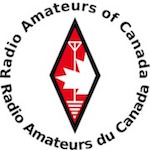

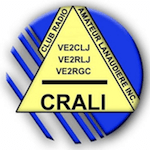
Also a proud member of an international community of solopreneurs
using SoloBuildIt!
(SBI!)
to promote my self-published eBooks
since 2005.
See my review
of this unique product for online businesses.
CQ CQ CQ
If you have a question, a comment or a topic you would like me to cover, please do not hesitate to ask here.
